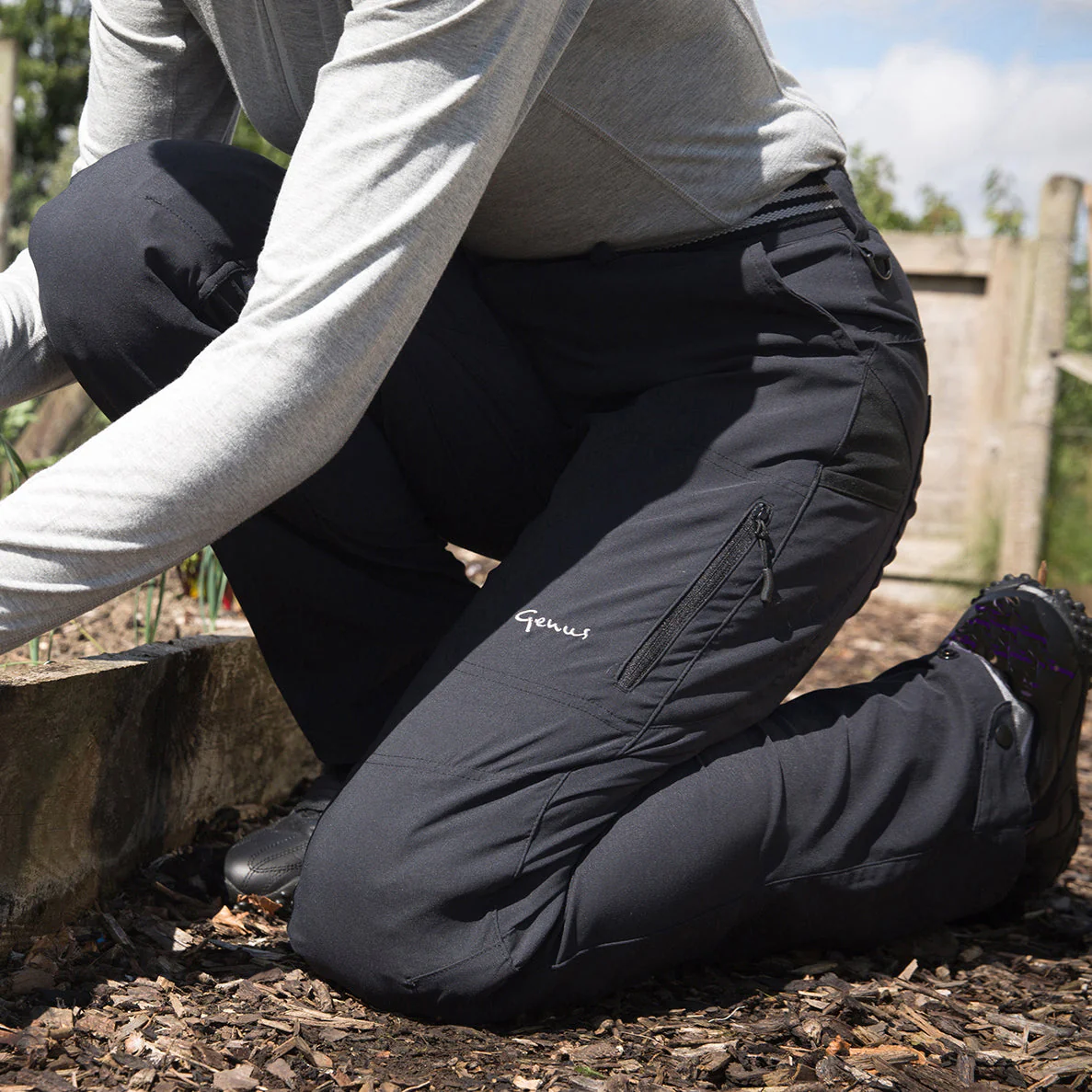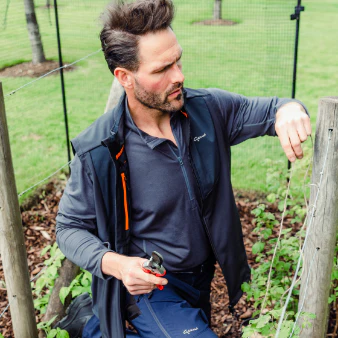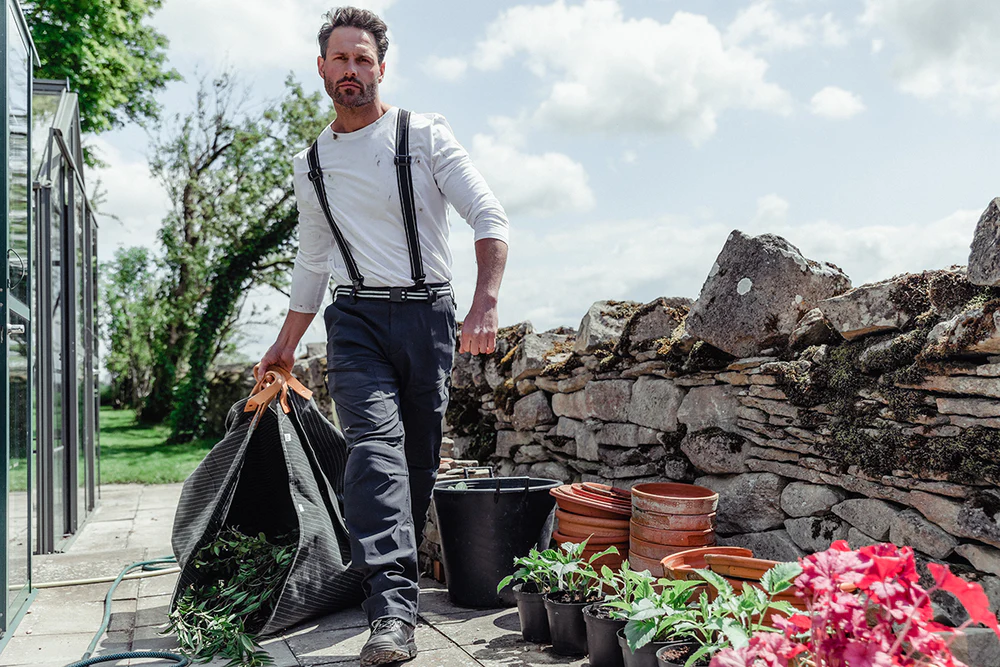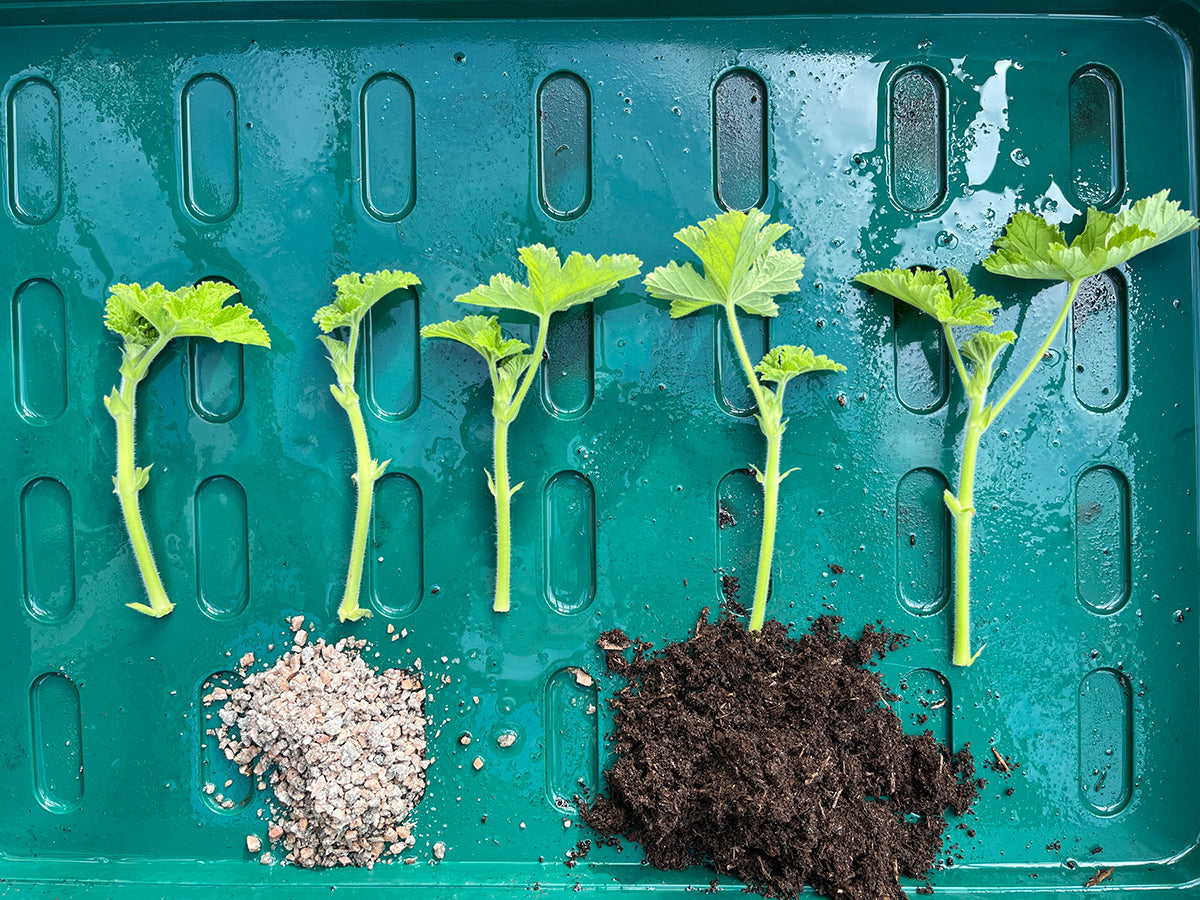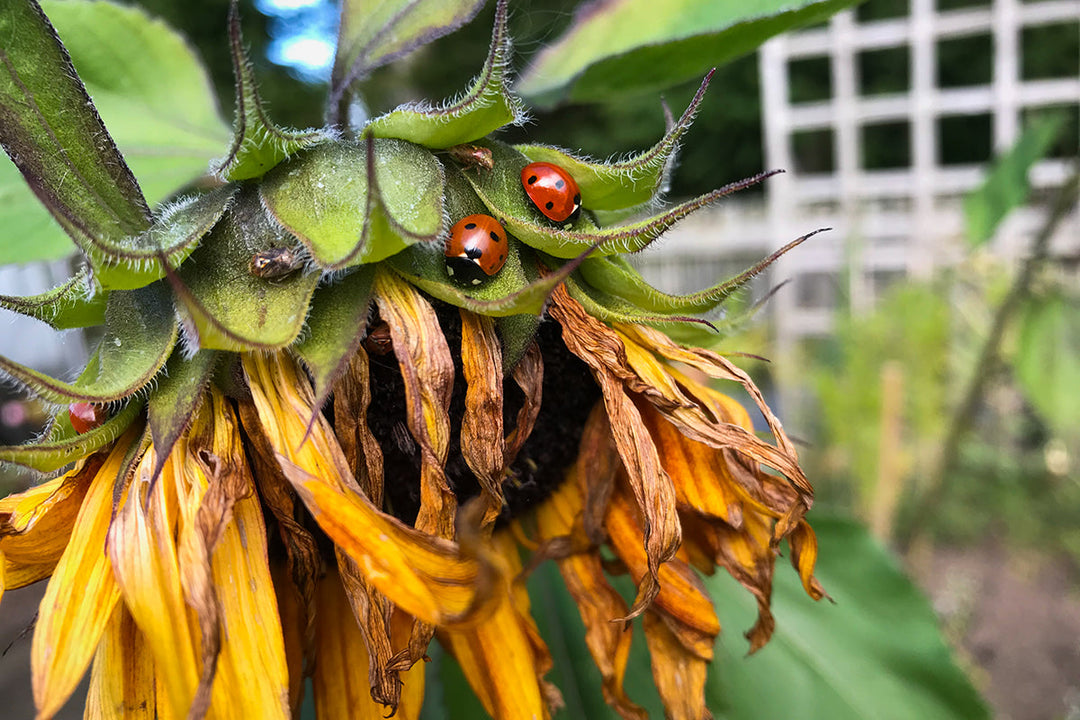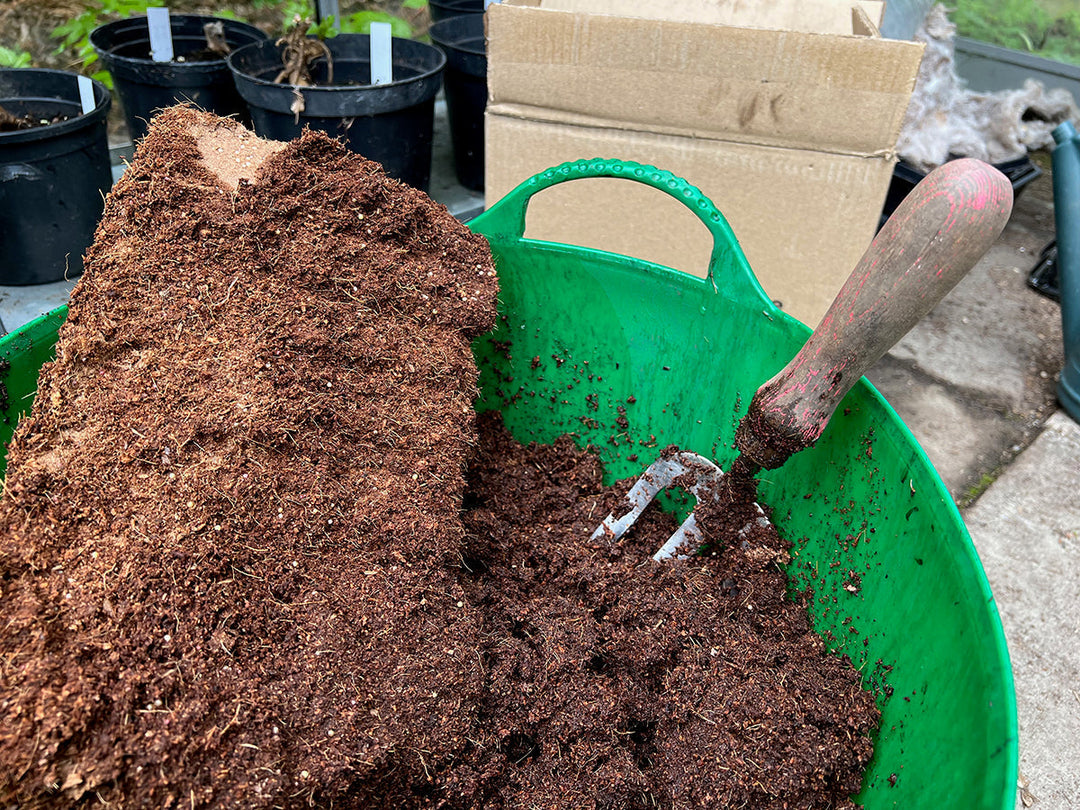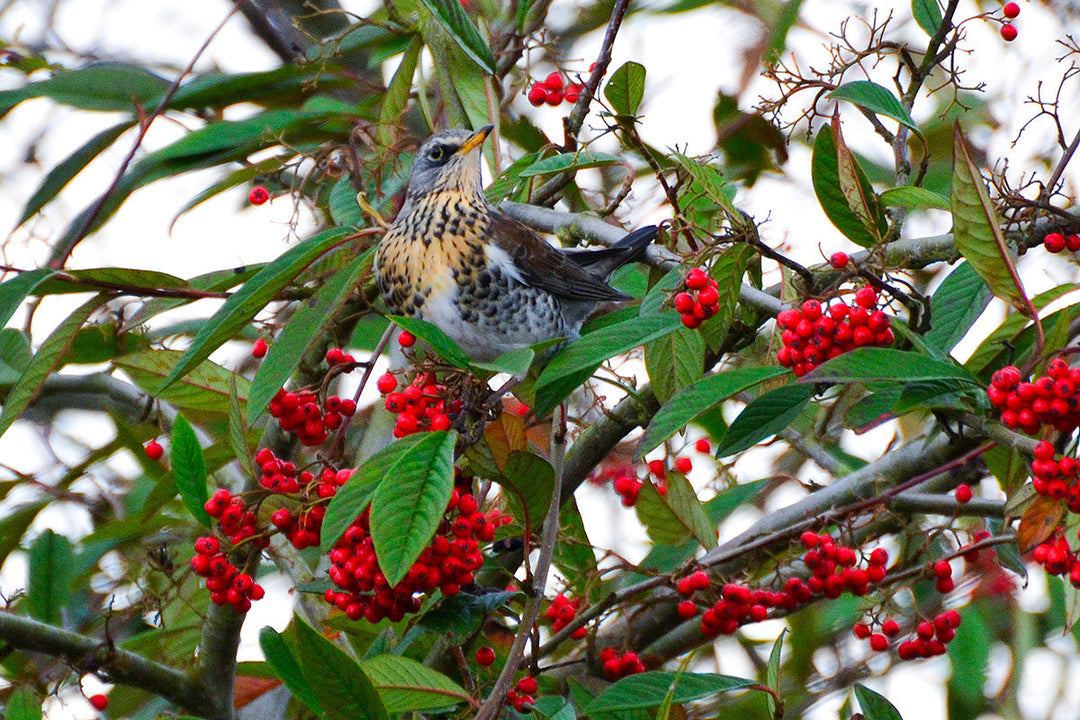Gardening by moonlight

At Dillycot located close to the Cotswold village of Ashley, the gardener’s approach is to work with nature and use biodynamic principles to guide the work. I’ve often noticed the biodynamic and Demeter marque when shopping in supermarkets on holiday in Europe, but never stopped to really think through what that means. Biodynamic gardening and horticulture is more than an organic approach, it also seeks to engage with natural energies and forces as yet unseen and poorly understood by man, but certainly part of working with nature.
The moon and lunar cycles are an important force. As the moon waxes and wanes, it has an effect on water, not only creating tides, but also exerting gravitational forces on the water contained within living organisms. Varying degrees of moonlight are thought to influence plant hormones and their associated processes such as flowering. Planting by the phases of the moon phases, or gardening by moonlight, is a way of harnessing the effects of gravity and light at different points in the lunar cycle in order to produce the best plant growth.
There is a simple way of looking at this. When the moon is waxing and pulling water towards it, particularly in the second quarter towards full moon, it’s great for leafy growth. The waning part of the cycle, with less gravitational pull, is better for root growth. The only question left is whether it works to get good results. Might just have to give it a try?


